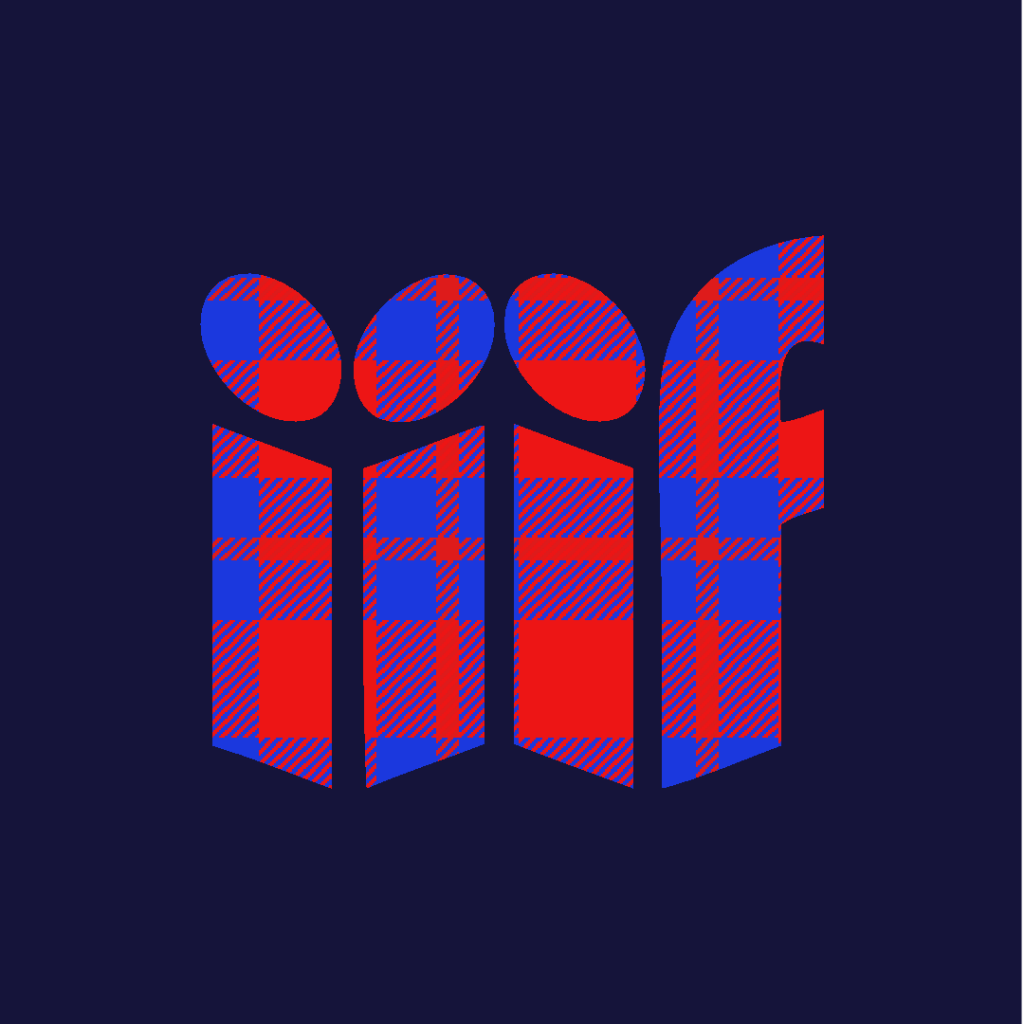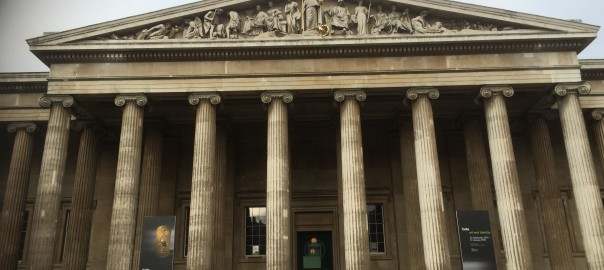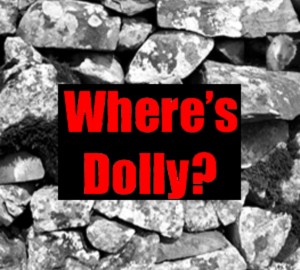
Jointly with the National Library of Scotland, the University hosted the annual IIIF Showcase and Working Meeting from December 3-6. As consortial members, it was a good opportunity for both institutions to raise their profile within this fast-growing community, and for delegates from all over the world to see Edinburgh in winter while making the most of face-to-face discussions regarding recent developments and the future direction of the framework.
The Showcase took place in the Royal Society of Edinburgh, and this reasonably light-touch session offered an introduction to the concepts and tools and for the host institutions to talk about what they’ve produced so far. It was also IIIF’s new managing director Josh Hadro’s first week in the job: a great way for him to see the community in action! The afternoon saw candidates repair to the NLS and Main Library for breakout sessions in key content areas (Archives, Museums, Digital Scholarship) as well as deeply technical and ‘getting started’ sessions. To finish, everyone then made for St Cecilia’s Hall for a round-up of the day; this was an appropriate setting, as we’ve employed IIIF in the museum’s corresponding collections site.
The Working Group meeting ran over the succeeding three days, in the ECCI and Main Library. This was a smaller undertaking than the Showcase, but it still attracted 70 delegates. There were some really meaty discussions about the direction of the framework: cookbooks and use cases; updates to the Mirador viewer; enhancing the APIs and registries (including more work on authentication and various types of search), and looking at the amazing potential of 3D and AV (e.g. subtitle support, musical notation written as a piece plays), which is something we at the University are well placed to start work on. Discussions about the direction of the community and outreach group took place, as well; this session was led by our (until very recently) very own Claire Knowles, now Assistant Director at Leeds University Library. The first meeting of the Technical Review Committee, which rubber-stamps the specs, took place at the event too, in the huge Dining Room at Teviot.
With increasing engagement across the industry, IIIF’s future looks very bright indeed.
Thanks to everyone that helped out over the week, with a particularly big round of applause to IIIF’s Technical Co-ordinator Glen Robson, who is well-known to many people in the Library due to his previous incarnation as Development Manager at the National Library of Wales.
To (self-indulgently) end the post, here is a little hi-res illustration of the work that we have done at Edinburgh with IIIF.
This is heavily annotated! If you click the speech bubbles, you will turn on annotations, some of which link out to relevant websites (links have a dotted line under the text). Also, the Mirador viewer does comparison very well, so if you
- click the four-square icon in the top left
- select ‘Add Slot Right’
- click ‘Add Item’
- double click the manifest (‘IIIF Highlights…’)
- select the right image
…you can see the previous version of this picture to see where improvements were made. All of this will go better if you make it full-screen!









